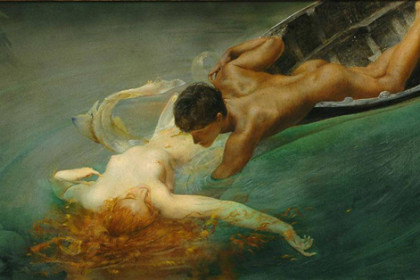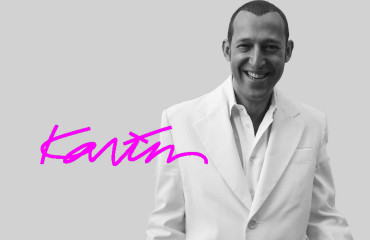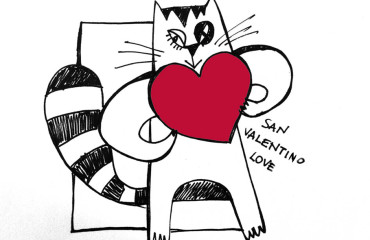
Liberty, a style internationally spread, called Art Nouveau in France, Jugendstil in German and Central European area and Modern Style in Anglo-Saxon countries. Between nineteenth and twentieth century the new style and new “taste” yearned to overcome historicism and naturalism that had dominated much of the nineteenth century.
The recently unified Italy in fact aspires to create a national common language of art, suitable to represent progress and modernity, the dream of a beauty that can interpret a world transformed by scientific and technological progress was celebrated by large Expositions – the national one of Palermo in 1891-1892, that of modern decorative art in Turin in 1902, and Milan in 1906, celebrating the Simplon Tunnel. A dream that wanted to revive the ancient cultural splendor through afterthought, with a sensitivity of all current and defined aestheticism, and the legacy of English Pre-Raphaelites, a Renaissance situated between romantic and feminine linearity of Botticelli and heroic tension of Michelangelo.
The exhibition opened February 1st in Forlì, entitled “Liberty. A style for modern Italy” aims to identify the specificity of a style through a series of masterpieces of painting and sculpture, divided into sections devoted to myth, allegory, landscape expressed between symbolist tensions and search for absolute.
Liberty that emerges from the works in the exhibition is essentially a way of life, represented by sinuous and fluctuating lines of movement; undisputed protagonist is the woman, at once a fragile figure, proud and carnal image of pleasure and freedom. An exhibit made of encounters and unexpected relationships, that tells in compelling way the idea of total art, triumphant in that season of optimism and unconditional faith in progress called Belle Époque.
Confirming the relationship with literature, theater and music, in Liberty artistic experience snaked under the irrepressible life force, a restlessness and a social and existential malaise that soon would have tragically manifested: dream and utopia were destined to shatter with the Great War.
Liberty. A style for modern Italy
Forlì, Musei San Domenico, piazza Guido da Montefeltro 12
1 February – 15 June 2014
Opening hours: Tuesday to Friday 9:30 to 19:00 Saturdays, Sundays and holidays: 9:30 to 20:00. Closed on Mondays.
21st April and 2nd June open. The ticket office closes one hour earlier.
Information and reservations: phone 199 15 11 34
Hotels and Hospitality: turismo@romagnafulltime.it – www.romagnafulltime.it
 English
English  Italiano
Italiano 



